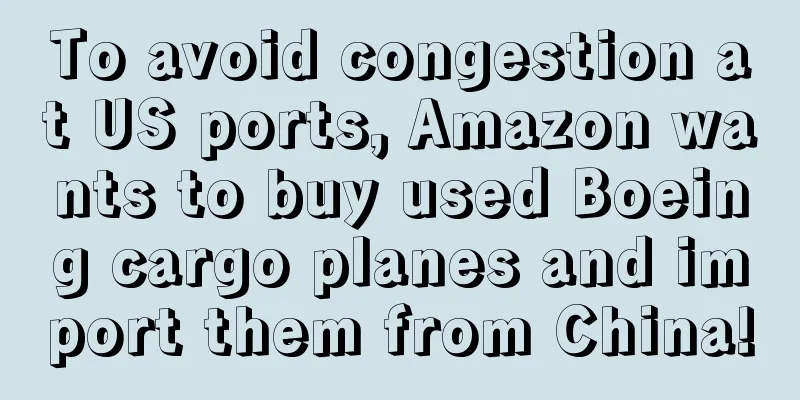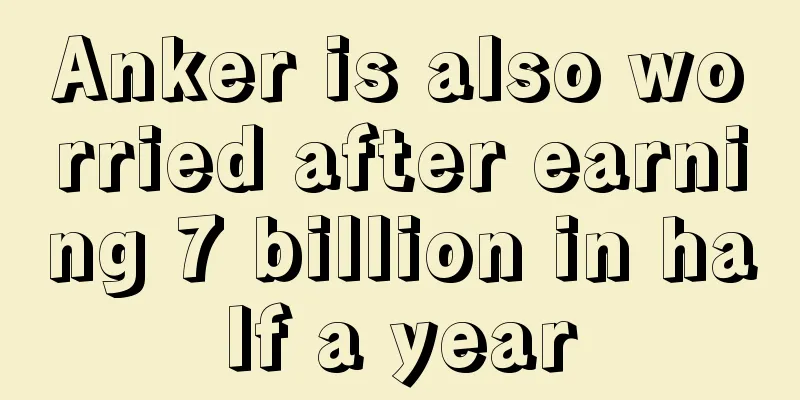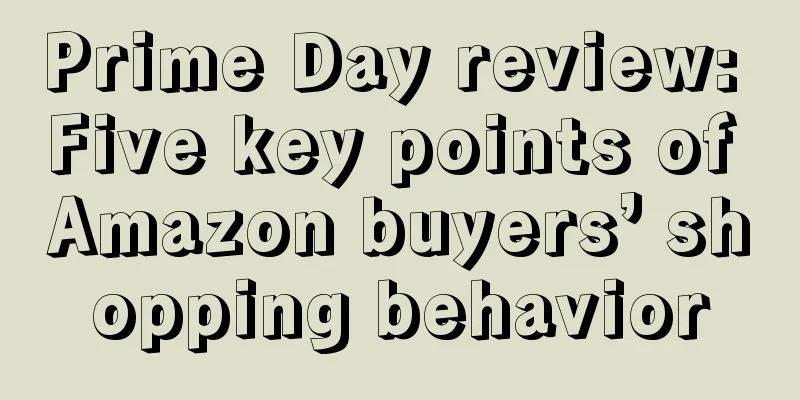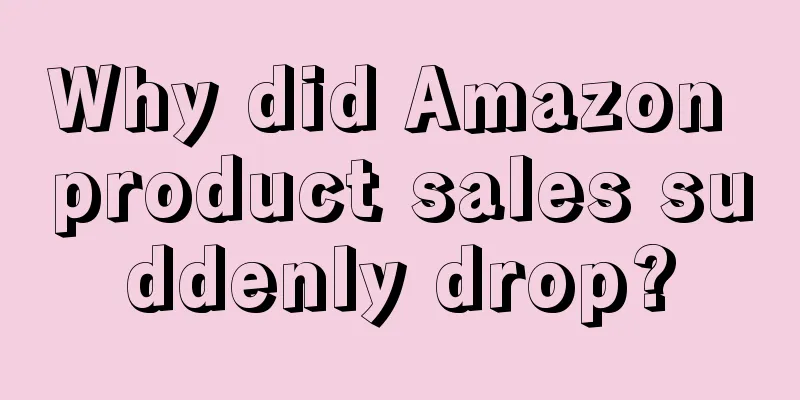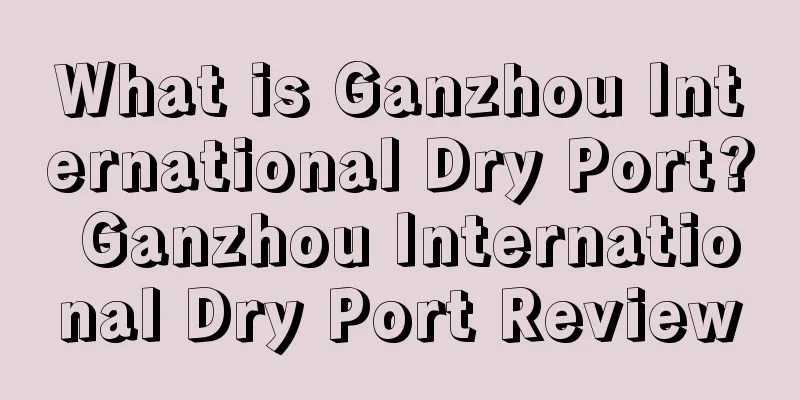What is a protective tariff? A review of protective tariffs
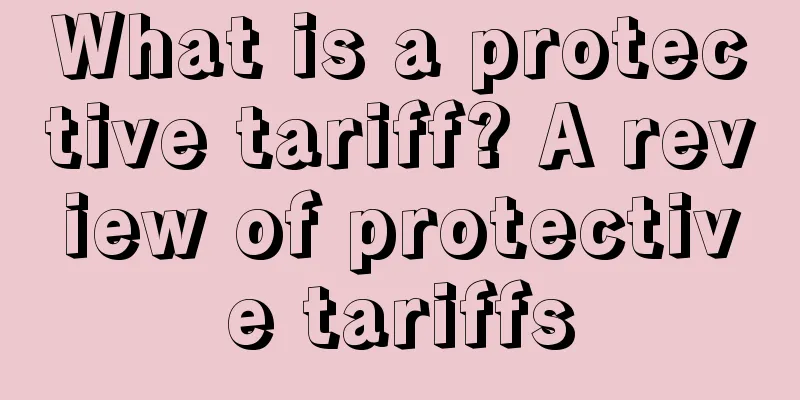
|
Protective tariffs refer to tariffs imposed for the purpose of protecting domestic industries. They are mainly used to levy import taxes . By levying taxes on imported foreign goods, their costs are increased and their competitiveness in the domestic market is weakened, thereby protecting the domestic market and promoting the development of domestic industries . 1. Introduction A country imposes tariffs on imported goods to protect its own industry and agriculture. The rate of protective tariffs is high, sometimes as high as several hundred percent, which is actually equivalent to prohibiting imports, thereby achieving the purpose of protection. At present, although import licenses and import quotas can be used to directly restrict imports, and dumping and capital outflow can be used to break through the restrictions of tariffs, so that the role of protective tariffs is relatively reduced, it is still one of the important measures of the protection trade policy. 2. Purpose Tariffs are imposed with the main purpose of protecting the country's industrial and agricultural production. Generally speaking, the tax rate is high because the higher the tax rate, the more protective it is. In terms of imports, high tariffs on imported goods can increase the cost and price of imported goods, thereby weakening their competitiveness and protecting the production and sales of similar products in the country; in terms of exports, in order to encourage the export of goods, export taxes are generally exempted, but tariffs are imposed on important raw materials required for domestic production to restrict exports. Different countries have different purposes for implementing protective tariffs. During the period of free competition, the industries of the United States, France, Germany and other countries lagged behind those of the United Kingdom, so they implemented protective tariffs to protect the development of their infant industries. During the imperialist period, imperialist countries used protective tariffs to monopolize the domestic market and expand abroad, grabbing high monopoly profits. Developing countries used protective tariffs to oppose imperialist economic aggression and safeguard the development of their national economies. 3. Theory The systematic theory of protective tariffs was created in the United States and Germany. At the end of the 18th century, A. Hamilton, the first U.S. Treasury Secretary, emphasized the use of tariffs to protect the development of the country's immature industries based on the need for the United States to get rid of British colonial economic rule and develop its own economy. Under the chairmanship of Hamilton, the U.S. federal government first promulgated protective tariffs in 1789. In 1841, GF List, a pioneer of the German Historical School, published the book "National System of Political Economy", which systematically discussed the theory that the country adopts protective trade policies and protective tariff policies to develop its own industry. He stood on the standpoint of the German industrial bourgeoisie (at that time, Germany's large-scale industry lagged behind that of Britain) and opposed the free trade theory of A. Smith and other representatives of the British classical economics school. List believed that free competition would only be beneficial to both countries when the two countries were in roughly equal positions in industrial development. Under unrestricted competition, no matter what natural advantages an underdeveloped country had in production, if it was not protected, its industry would not achieve effective development and complete independence, so it was necessary to adopt a trade protection policy, and tariffs were the main means of protecting domestic industry. Based on his own productivity theory, he refuted the free trader's argument that tariffs would cause losses to the country. He said: Wealth itself and the cause of wealth (productivity) are different, and the productivity of wealth is many times more important than wealth itself. If protective tariffs will sacrifice wealth, they will increase productivity, which is more than enough to compensate for the losses. Protective tariffs will increase the price of industrial products at the beginning, but after the country has built its own fully developed industry, the price of these goods will fall below that of foreign imports due to the lower domestic production costs. List also pointed out that due to the different positions of various countries in the process of industrial development, the revision of tax rates must be gradually increased or decreased. The degree of increase or decrease depends on the specific situation between backward countries and advanced countries. If any technical industry cannot be established with the original 40-60% protection tax rate and cannot survive under the continuous protection of 20-30% tax rate, the country lacks the basic conditions for such industrial power. He further proposed that in countries with relatively backward machine manufacturing industries, the import of complex machines should be allowed to be tax-free, because the machine industry is the industry of industry. IV. Nominal protection rate of tariffs The nominal protection rate is a theoretical model for analyzing the degree of trade protection of a country. When the World Bank studied the protection structure, it defined the nominal protection rate as follows: the nominal protection rate of a commodity is the percentage of the part of the domestic market price that exceeds the international market price due to the implementation of protection to the international market price. This percentage is also called the "implied tax rate". From the general theory of protective tariff formulation, it is formulated based on the percentage of the difference between the domestic and foreign prices of goods and the import price. Therefore, the (legal) tax rate in the tariff is usually consistent with the above-mentioned implicit tax rate. Therefore, the statutory tax rate of goods is generally regarded as its nominal protective tax rate. In fact, there are many factors that affect the domestic market price of imported goods. For example, changes in exchange rates, domestic taxes, supply and demand, or people's preference for foreign products. However, when it is generally not required to accurately calculate the degree of tariff protection, other factors can be ignored. The concept of effective protection rate was first proposed by Canadian economist CL Barber in 1955. In the 1960s, the theory became mature and was then cited. Effective protection refers to the impact of the entire tariff system on the net value added of a certain type of product during its production process. As mentioned above, nominal protection only considers the impact of tariffs on the price of a certain finished product, without considering the protection of its input materials. Effective protection not only pays attention to the impact of tariffs on the price of finished products, but also pays attention to the increase in the price of inputs due to the imposition of tariffs. In other words, the effective protection rate is the percentage of the difference between the value added of domestic and foreign processing of a product and its value added of foreign processing. The calculation formula is as follows: It can be seen that the theory of effective protection has important reference value for the design of the tax rate structure of imported products, the economic analysis of international economic cooperation in the production field, and international tariff negotiations. References |
<<: What is Unicorn Smasher? Unicorn Smasher Review
>>: What is WhatsApp Pay? WhatsApp Pay Review
Recommend
Steps to Complain Copyright Infringement on Amazon
Amazon is a platform that respects intellectual p...
What is GCash? GCash Review
GCash is a small-value payment system under the Ph...
Crazy "boxes"! The price has increased nearly 10 times, and cross-border sellers are still "struggling to get a box"!
U.S. import demand remains at historically high le...
What is Amazon manual advertising? Amazon manual advertising review
Amazon manual advertising is a form of advertising...
Five steps to write a unique localized listing
Most Chinese sellers like to directly copy or mix...
What is camplux-outdoor? camplux-outdoor review
camplux-outdoor is an online website focusing on o...
What is ScheduGram? ScheduGram Review
ScheduGram is a practical Instagram marketing tool...
Similar Items to Consider and New Models under the Five Points of Amazon Traffic Closed Loop
Where are Similar items to consider and New Model...
New ideas for Amazon leak ads: Use word reduplication techniques to achieve 0.3 CPC + 5% ACOS efficient delivery! For everyone to discuss
TroubleKK My C position Hello, everyone. In the pr...
The US election is in the countdown! Riots are escalating! "Buying sprees" are appearing in many places...
In recent days, news about the " US election ...
Walmart launches new creator platform to promote social e-commerce in peak season
Walmart announced the launch of a new platform for...
Amazon adjusts its advertising algorithm! Third-party sellers will suffer
The recent months are the off-season for Amazon s...
What is ABN? ABN Review
ABN (Australian Business Number) is an Australian ...
Mother's Day Sale is Coming! Here are the hottest gift-giving trends and a guide to prepare for it
It is learned that on April 11, Microsoft Advertis...
Is there any new information about storage restrictions? Amazon finally responded!
In the past two days, everyone has encountered ma...
